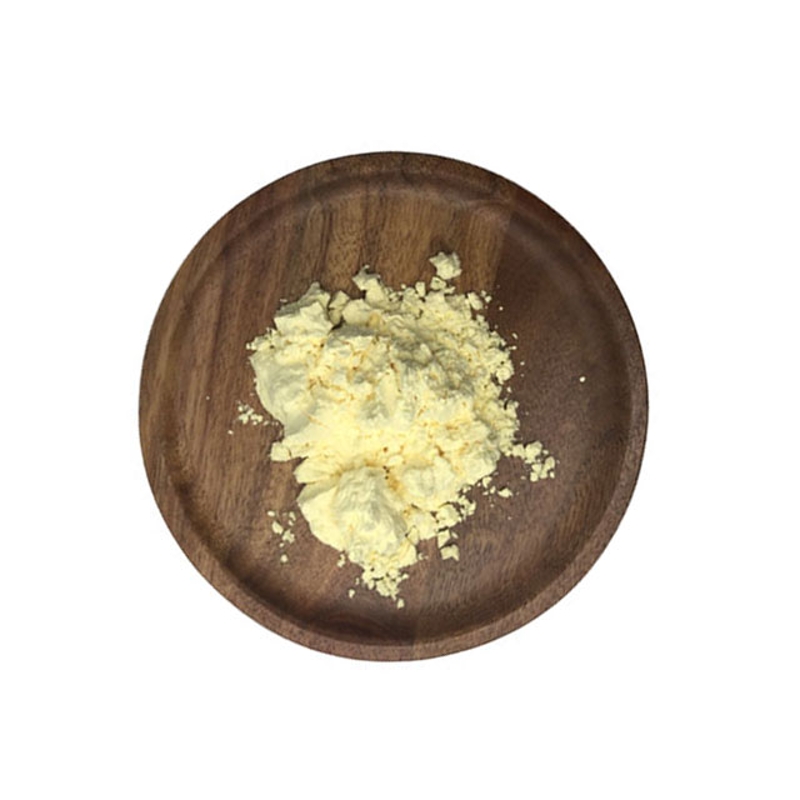The Sophien Kamoun research team at Imperial College London identified the MADA base sequence, a conservative NLR body function component in the plant.
-
Last Update: 2020-07-23
-
Source: Internet
-
Author: User
Search more information of high quality chemicals, good prices and reliable suppliers, visit
www.echemi.com
When plants are infected by pathogens, NLR type receptor proteins can sense pathogen signals, trigger effector mediated immune response (ETI), and cause hypersensitivity (HR) through programmed cell death (PCD) in plant susceptible tissues, thus limiting the spread of pathogens and showing plant resistance to pathogens.NLR receptor proteins are widely present in eukaryotes, including plants, animals and fungi.the number of genes encoding NLR protein in plants can reach 50-1000, with many members, and the structure of NLR protein is also diverse.in addition to the conventional nucleic acid binding (NB) domain and leucine rich repeat (LRR), there are CC, CCR or rpw8 and TIR domains in the N-terminal of NLR.at present, there is no systematic study on the relationship between the function and biochemical characteristics of NLR protein in plants.recently, Sophien kamoun research group of Imperial College London, UK, published a report entitled "an N-terminal motion in NLR immune receptors is functionally observed across distantly related plant" In this study, a cc-nlr helper protein nrc4 was identified by using a random truncated library constructed by Mu transposition system in vitro.in this study, we used the Mu transposition system of phage to create a sequence library which could express the nrc4 protein randomly truncated at the C-terminal, and expressed 65 nrc4dv:: mu-stop variants.the hypersensitivity of tobacco was detected by Agrobacterium tumefaciens injection. It was found that only when the peptide of 29 amino acids in N-terminal was retained could the tobacco produce obvious cell death.through a series of truncation and protein expression experiments, it was confirmed that the N-terminal 29 amino acids of nrc4 protein were enough to mediate HR reaction.at the same time, 988 cc-nlrs and ccr-nlrs proteins from Arabidopsis thaliana, beet, tomato, tobacco, rice and barley were sequenced and phylogenetic analyzed. It was confirmed that nrc4 had a common Mada motif, which existed in 20% of cc-nlrs protein sequences, but nrc-s protein did not.through protein point mutation and tobacco injection experiments, it was confirmed that the Mada motif was the necessary structure for nrc4 to induce HR response, and the N-terminal of ZAR1 protein in Arabidopsis thaliana and other mada-cc-nlrs had similar immune induction function to the N-terminal of nrc4 protein, and showed resistance to Phytophthora infestans.finally, the author puts forward his own view on the evolution of NLR protein: Mada motif exists in the early cc-nlrs protein, and is preserved in the evolution process from NLR which plays a single function to NLR helper protein.in contrast, CC NLRs, which only recognized pathogens but could not stimulate immune response, gradually lost the Mada motif.the above studies confirmed the importance of Mada motif to the function of NLR protein, and revealed the functional differentiation of NLR protein from the perspective of evolution.original link: plant biotechnology PBJ communication group in order to more effectively help the majority of scientific research workers to obtain relevant information, plant biotechnology PBJ set up a wechat group, plant biotechnology Journal submission and literature related issues, official account number and official account submission will be focused on solving problems in the group, and encourage academic exchanges and academic thinking in the group.in order to ensure a good discussion environment in the group, please add a small wechat first, scan the QR code to add, and then we will invite you to join the group in time.tip: when adding small wechat and after joining the group, please be sure to note the name of school or unit + at the end of PI, we will invite you to join Pi group.
This article is an English version of an article which is originally in the Chinese language on echemi.com and is provided for information purposes only.
This website makes no representation or warranty of any kind, either expressed or implied, as to the accuracy, completeness ownership or reliability of
the article or any translations thereof. If you have any concerns or complaints relating to the article, please send an email, providing a detailed
description of the concern or complaint, to
service@echemi.com. A staff member will contact you within 5 working days. Once verified, infringing content
will be removed immediately.







